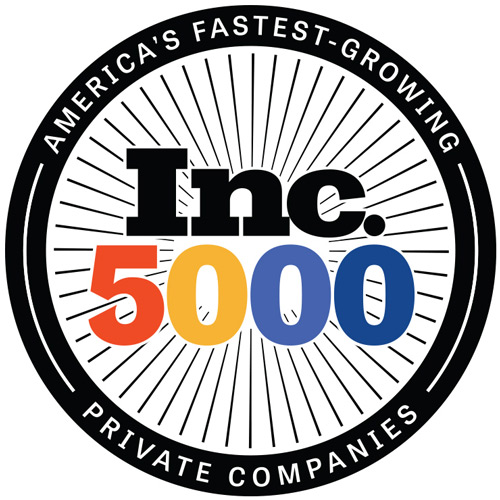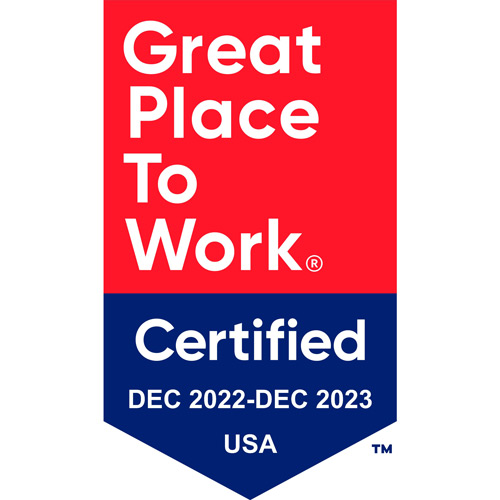The Essential Guide to Pharmaceutical Regulations: Everything You Need to Know
- Jessica R.
- March 8, 2024
- Edited March 8, 2024
Table of Contents
In today’s dynamic world, keeping abreast of the regulations governing the pharmaceutical industry plays a crucial role for everyone involved in healthcare, drug manufacturing, and distribution. Regulatory bodies set forth rules and guidelines ensuring the medicines we depend on are safe and effective and of the highest quality. This blog post simplifies the often complex domain of pharmaceutical regulations, making it both accessible and straightforward. Let’s dive into the essentials of pharmaceutical regulatory compliance, highlighting the key regulations you need to be aware of.
Introduction to the World of Pharmaceutical Regulations
At a time when health discussions dominate the global stage, the significance of grasping pharmaceutical regulations cannot be overstated. These regulations form the pharmaceutical industry’s backbone, guaranteeing that every medication, whether a pill, syrup, or injection, meets strict safety standards before reaching the consumer. But what does navigating the maze of pharmaceutical regulations entail? How do these rules affect the development, approval, and distribution of medications? This article aims to illuminate these questions, offering a clear view of the regulatory landscape in the pharmaceutical sector.
The Foundation of Pharmaceutical Regulatory Compliance
Pharmaceutical regulatory compliance rests on principles and laws aiming to protect public health. Regulatory agencies, such as the U.S. Food and Drug Administration (FDA), the European Medicines Agency (EMA), and others, are central to this effort. They establish standards for drug quality, safety, and efficacy. Complying with these regulations is a legal and moral obligation for pharmaceutical companies, ensuring that all market medications are suitable for their intended use.
Key Regulations You Need to Know
1. Good Manufacturing Practices (GMP)
At the core of pharmaceutical regulatory compliance, Good Manufacturing Practices guarantee that manufacturers produce and control drugs according to quality standards. These guidelines encompass all production aspects, including raw materials, facilities, equipment, and the staff’s training and personal hygiene. Companies must adhere to GMP to ensure their products are safe and effective for consumers.
2. Clinical Trials Regulations
Manufacturers must conduct rigorous testing through clinical trials before introducing any new drug to the market. These regulations provide a framework for planning, conducting, recording, and reporting trials involving human subjects. They aim to ensure the ethical conduct of clinical trials and the reliability and validity of the data generated, leading to safe and effective treatments.
3. Drug Approval Process
The drug approval process is a pivotal aspect of pharmaceutical regulatory compliance. It requires companies to obtain regulatory bodies’ approval before marketing a new drug. This process involves reviewing the drug’s safety, efficacy, and manufacturing processes to ensure they meet the required standards for public use.
4. Pharmacovigilance
Pharmacovigilance involves monitoring the effects of medical drugs after they have received approval for use, focusing on identifying and evaluating previously unreported adverse reactions. It is crucial for maintaining the ongoing safety of pharmaceuticals on the market. Companies must report adverse drug reactions, conduct safety monitoring, and take necessary actions to protect public health.
5. Patent Laws and Intellectual Property Rights
It is crucial for pharmaceutical companies to understand patent laws and intellectual property rights. These regulations protect their inventions and discoveries, enabling them to recover their investment in drug development. However, these laws also affect the availability and affordability of medicines, making this a significant area of pharmaceutical regulatory compliance.
Transitioning to a Global Perspective
As the pharmaceutical industry globalizes, complying with international regulations becomes increasingly important. Companies must navigate not only their home country’s regulations but also those of the markets where they wish to distribute their products. This global compliance ensures that medicines are safe and effective worldwide, promoting international public health cooperation.
Conclusion
The pharmaceutical regulations landscape is intricate and continuously evolving, yet it is fundamental to developing and distributing safe and effective medications globally. Understanding these regulations is crucial for anyone in the pharmaceutical industry, from researchers and manufacturers to healthcare professionals and policymakers. Pharmaceutical regulatory compliance ensures that the medicines we rely on meet the highest safety and efficacy standards, protecting public health and fostering trust in the healthcare system.
Looking ahead, the role of pharmaceutical regulations will only grow in importance. With advances in technology and medicine, regulatory bodies and industry stakeholders must collaborate to adapt and evolve, ensuring that new treatments and innovations can be safely and efficiently brought to market. Staying informed and engaged with developments in pharmaceutical regulations allows us to contribute to a healthier, safer world.
Read More:
Pharmaceutical Regulatory Compliance

Jessica R.
Jessica is a seasoned GMP compliance consultant and technical writer specializing in pharmaceutical manufacturing, data integrity, and quality assurance. With over 12 years of experience working with global pharmaceutical firms, Jessica brings deep industry insights into FDA, EMA, and MHRA regulations.


